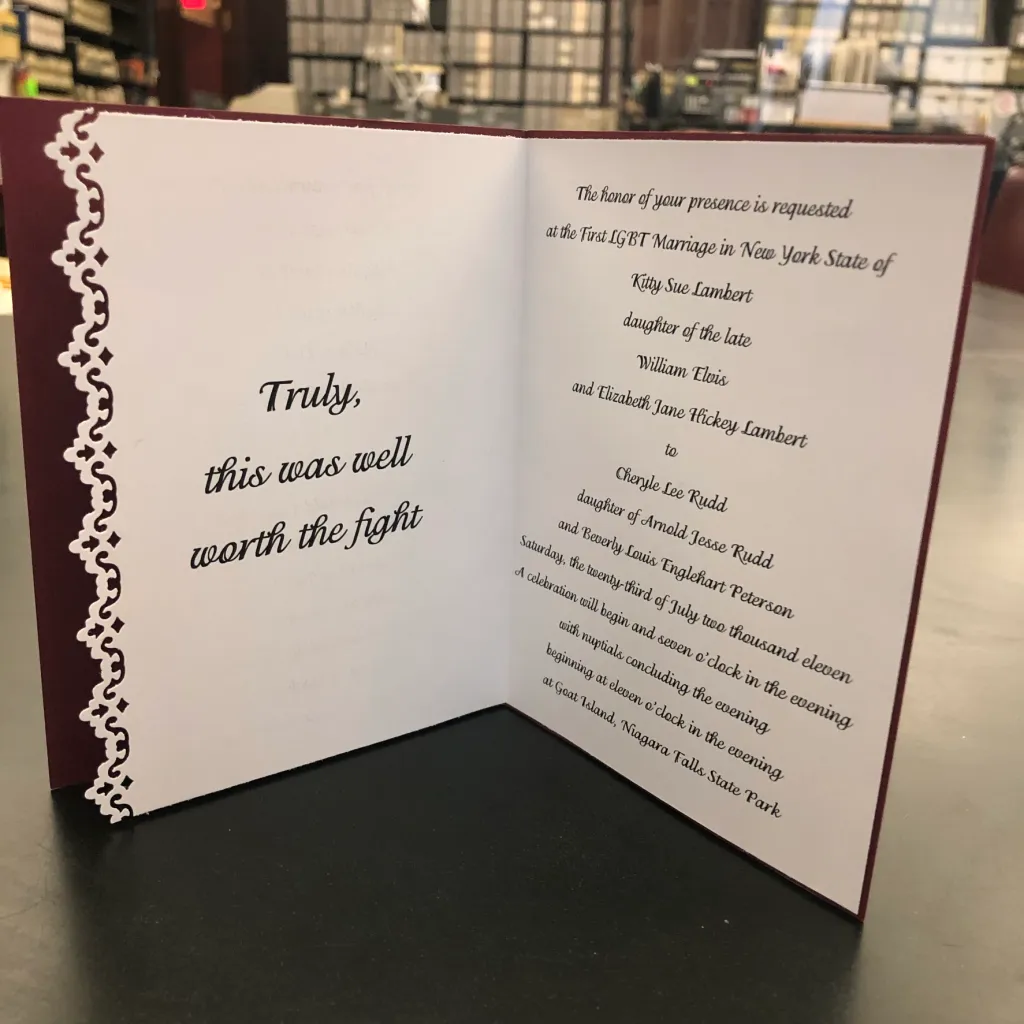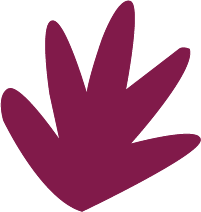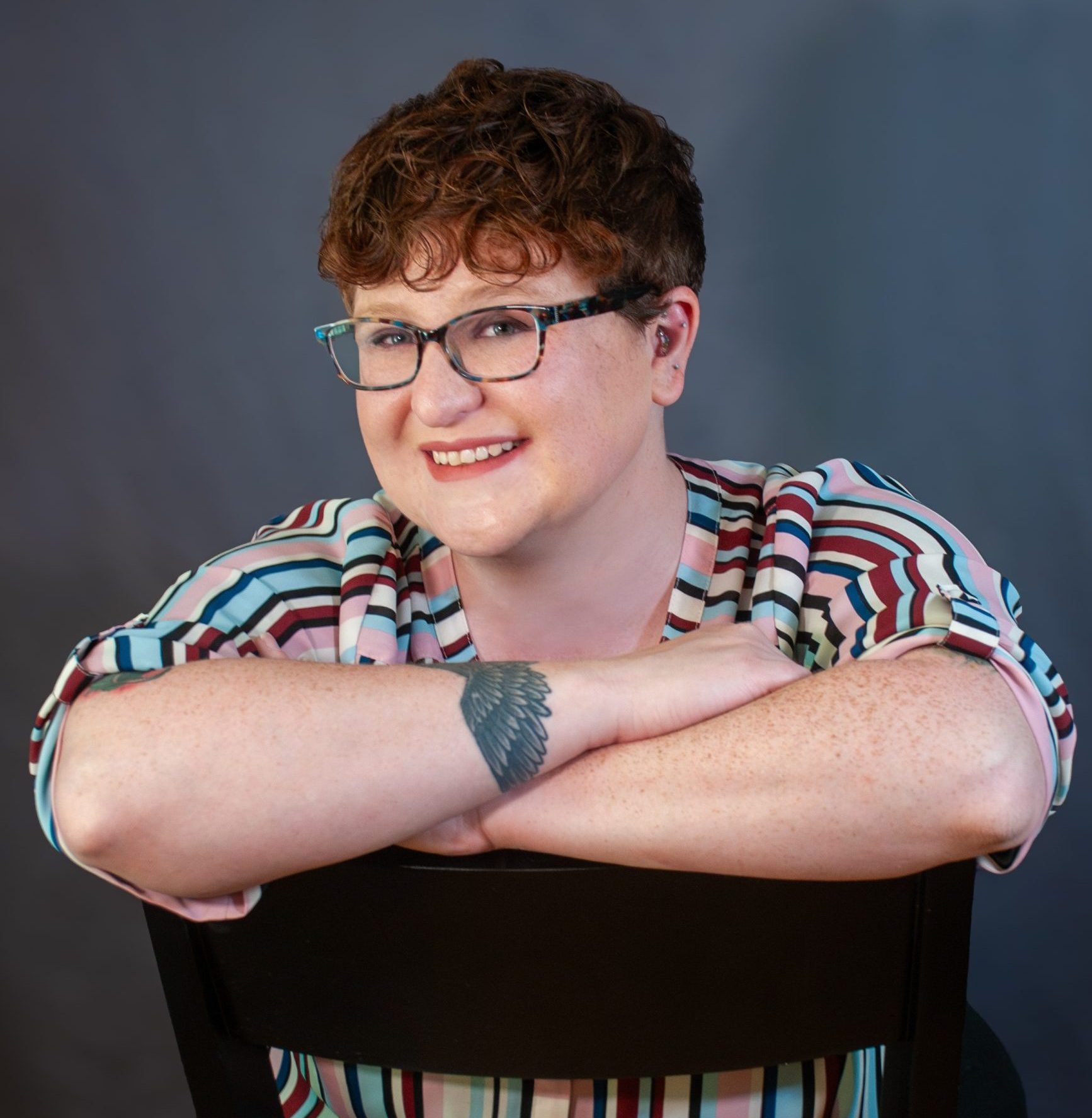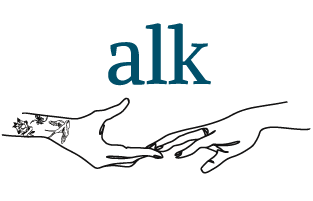Location: Buffalo, New York
Mission: Experiencing history with you, by safekeeping, remembering, discovering, and sharing our stories; learning and exploring together; sparking emotional and social connections within our unique community.
Important Numbers (FY24):
-
- 40,000 annual visitors
- 917 members
- $1.9 million annual budget
- 23 staff members

Located in Buffalo, New York, the Buffalo History Museum was founded in 1862 as the Buffalo Historical Society. On the 150th anniversary of its founding in 2012, the Historical Society was redesignated The Buffalo History Museum, a name that invites communal collaboration by conveying that the organization is dedicated to exhibiting the experiences, past and present, of the publics it serves.
An ongoing project at The Buffalo History Museum that celebrates and preserves the vibrant history of Western New York is The Newlywed Project, spearheaded by Cynthia Van Ness (she/her), the Director of Library and Archives at the Museum. Van Ness attended Kitty and Cheryle Lambert-Rudd’s wedding in July 2011 at Niagara Falls, the first legal same-sex wedding in New York following Governor Andrew Cuomo signing New York’s Marriage Equality Act into law on June 24, 2011.
As the wedding began making headlines throughout the nation, Van Ness recognized that the Museum must begin documenting the making of LGBTQIA+ history in real time. She set out to build a collection dedicated to enshrining the stories of the many LGBTQIA+ citizens of Western New York celebrating the right to legally marry into the Museum’s historical record as an invaluable piece of local history.
A public historian with decades of experience, Van Ness has surrounded herself with members of the LGBTQIA+ community throughout her life and engaged in LGBTQIA+ advocacy, including lobbying for the legalization of same-sex marriage in Rochester, Buffalo, and Albany. She regards her work as a public historian and an activist as intersectional, prompting her to launch The Newlywed Project and prioritize similar collecting initiatives, such as the previously mentioned 2022 blizzard and May 14, 2022, massacre projects.
Van Ness views The Newlywed Project as “proactive collecting.” By acquiring contemporary documents, objects, personal effects, and written and oral narratives, the Museum is prioritizing the current, lived experiences of its LGBTQIA+ public as essential to understanding Western New York’s local history for future generations.
In creating a LGBTQIA+ archive, collaboration and partnerships is critical to building a holistic, inclusive collection. To expand the scope of prospective donors, Van Ness reached out to Dan DiLandro, the State University of New York (SUNY) Buffalo State Archivist and Special Collections Librarian. At Buffalo State’s E. H. Butler Library, DiLandro oversees Western New York’s largest regional LGBTQIA+ collection, which began when the university acquired Dr. Madeline Davis’s collection in 2009 and established the repository as “The Dr. Madeline Davis LGBTQ Archive of Western New York.”
The library at Buffalo State has done considerable outreach work since the acquisition in 2009. Playing upon historian Howard Zinn’s definition of “under-documented populations,” DiLandro defines the term “anti-documented” as the LGBTQIA+ community destroying or shielding their “own personal archives and papers out of, perhaps, misplaced shame or fear,” or that “heirs deliberately throw away indications of” LGBTQIA+ “lifestyles.” The university has given DiLandro space to grow and diversify the collection.
While the Davis LGBTQ Archive at Buffalo State focuses specifically on Western New York and neighboring southern Ontario, a couple from Florida recently approached the library at Buffalo State seeking to donate to the collection. The couple had no connection to Buffalo, but they were frequently turned away by collecting repositories in their geographic area and decided to offer their collection to Buffalo State. DiLandro and the special collections staff accepted their holdings of books, periodicals, and other ephemera of national impact to further enhance the library’s LGBTQIA+ collections. This couple’s experience, though certainly not unique, underscores the importance of creating LGBTQIA+ archives, as does public interest in these collections. Three years ago, the most collection requests from the library at Buffalo State were for LGBTQIA+ collections.
With DiLandro’s experience in LGBTQIA+ collecting and his own personal ties to members of Buffalo’s LGBTQIA+ community, Van Ness connected with him in 2017 to collaborate on The Newlywed Project. Through communication with the library’s constituents and donors, DiLandro publicized the objectives of The Newlywed Project and advertised a donation day at The Buffalo History Museum. The collaboration between the Museum and the library at Buffalo State set the foundation for collecting LGBTQIA+ material at the Museum, and DiLandro refers donors with legal same-sex wedding memorabilia to the Museum so as to build LGBTQIA+ archives at their respective institutions that complement each other to best represent and celebrate the LGBTQIA+ community of Western New York.
Gauging the importance and impact of these LGBTQIA+ archive projects should not necessarily be determined by exhibitions, visitation, or volume, as Van Ness cautions. Reflecting on lessons from The Newlywed Project, Van Ness notes that the point of collecting is to steward community items; LGBTQIA+ documents, objects, personal effects, and written and oral narratives are held in trust for their significance to the community. The preservation of such materials, Van Ness explains, should be done simply because it is worth doing, not solely to display them in a LGBTQIA+ exhibit. Small museums and local historical societies can measure impact in other, equally meaningful ways. For The Newlywed Project, this included an LGBTQIA+ couple celebrating their fifth anniversary by bringing their memorabilia to the museum.
In building collections that conserve LGBTQIA+ voices of the past and present for future generations, the museum simultaneously builds community and demonstrates that the stories of LGBTQIA+ individuals are treasured threads that knit the fabric of local history.

Did that example spark some ideas for your museum or organization?
Let’s connect to make those ideas a reality! Book a Discovery Call today.

